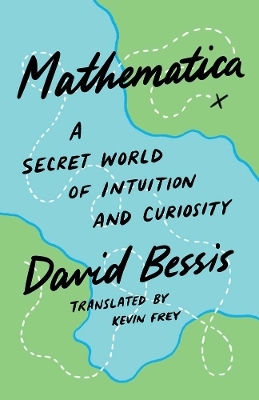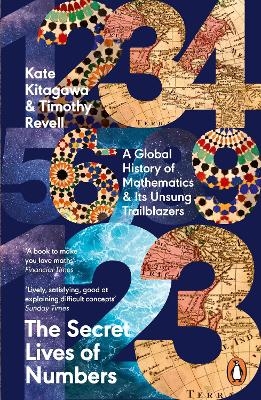
Vita Mathematica
Mathematical Association of America (Verlag)
978-0-88385-097-8 (ISBN)
- Keine Verlagsinformationen verfügbar
- Artikel merken
Vita Mathematica will enable teachers to learn the relevant history of various topics in the undergraduate curriculum and help them incorporate this history in their teaching. It contains articles dealing not only with calculus, but also with algebra, combinatorics, graph theory, and geometry, as well as more general articles on teaching courses for prospective teachers, and describes courses taught entirely using original sources. Judith Grabiner shows us how two important eighteenth century mathematicians, Colin Maclaurin and Joseph-Louis Lagrange, understood the calculus from these different standpoints and how their legacy is still important in teaching calculus today. We learn from Hans Nils Jahnke why Lagrange's algebraic approach dominated teaching in Germany in the nineteenth century. Wilbur Knorr traces the ancient history of one of the possible foundations, the concept of indivisibles. This volume demonstrates that the history of mathematics is no longer tangential to the mathematics curriculum, but in fact deserves a central role.
Part I. Histiography and Sources: 1. New trends and old images in the history of mathematics David E. Rowe; 2. The role of problems in the history of mathematics and mathematics teaching Evelyne Barbin; 3. Dramatising the birth and formation of mathematical concepts: two dialogues Gavin Hitchcock; Part II. Studies in the History of Mathematics: 4. The four sides and the area: oblique light on the prehistory of algebra Jens Hoyrup; 5. The method of indivisible in ancient geometry Wilbur Knorr; 6. The enigmas of Chinese mathematics Frank Swetz; 7. Combinatorics and induction in medieval Hebrew and Islamic mathematics Victor Katz; 8. The earliest correct algebraic solutions of cubic equations Barnabus Hughes; 9. Early geometrical works of Marin Getaldic Zarko Dadic; 10. Abolition of the slave trade: empowerment through modelling John Fauvel; 11. The calculus as algebra, the calculus as geometry: Lagrange, Maclaurin, and their legacy Judith Grabiner; 12. The development of algebraic analysis from Euler to Klein and its impact on school mathematics in the nineteenth century Hans Nils Jahnke; 13. The mathematics seminar at the University of Berlin: origins, founding and the Kummer–Weierstrass years Ronald Calinger; 14. Kovalevskaya's research on the rotation of a rigid body Roger Cooke; 15. Mathematics education at nineteenth-century German technical colleges Susan Hensel; 16. American mathematics viewed objectively: the case of geometric models Peggy Kidwell; 17. The social and intellectual shaping of a new mathematical discipline: the role of the National Science Foundation in the rise of theoretial computer science and engineering William Aspray, Andrew Goldstein, and Bernard Williams; Part III. Integration of History of Mathematics Teaching: 18. History of mathematics and the teacher Torkil Heide; 19. Ethnomathematics: an explanation Ubiratan D'Ambrosio; 20. The necessity of history in teaching mathematics Frederick Rickey; 21. Mathematical masterpieces: teaching with original sources Richard C. Laubenbacher; A history of mathematics course for teachers based on great quotations Israel Kleiner; 22. Measuring an arc of meridian Michelle Gregoire; 23. From Egypt to Benjamin Banneker: African origins of false position solutions Beatrice Lumpkin; 24. Mary Everest Boole (1832–1916) Karen Dee Michalowicz; 25. Pupil's perception of the continuum Peter Bero; Historical motivation for a calculus course: Barrow's theorem Martin Flashman; 26. The history of the concept of function and some implications for classroom teaching Manfred Kronfellner; 27. Integration in finite terms: from Liouville's work to the calculus classroom of today M. K. Siu; 28. How many people ever lived James Tattersall.
| Erscheint lt. Verlag | 6.3.1997 |
|---|---|
| Reihe/Serie | Mathematical Association of America Notes |
| Verlagsort | Washington |
| Sprache | englisch |
| Maße | 217 x 279 mm |
| Gewicht | 885 g |
| Themenwelt | Mathematik / Informatik ► Mathematik ► Geschichte der Mathematik |
| ISBN-10 | 0-88385-097-4 / 0883850974 |
| ISBN-13 | 978-0-88385-097-8 / 9780883850978 |
| Zustand | Neuware |
| Haben Sie eine Frage zum Produkt? |
aus dem Bereich


